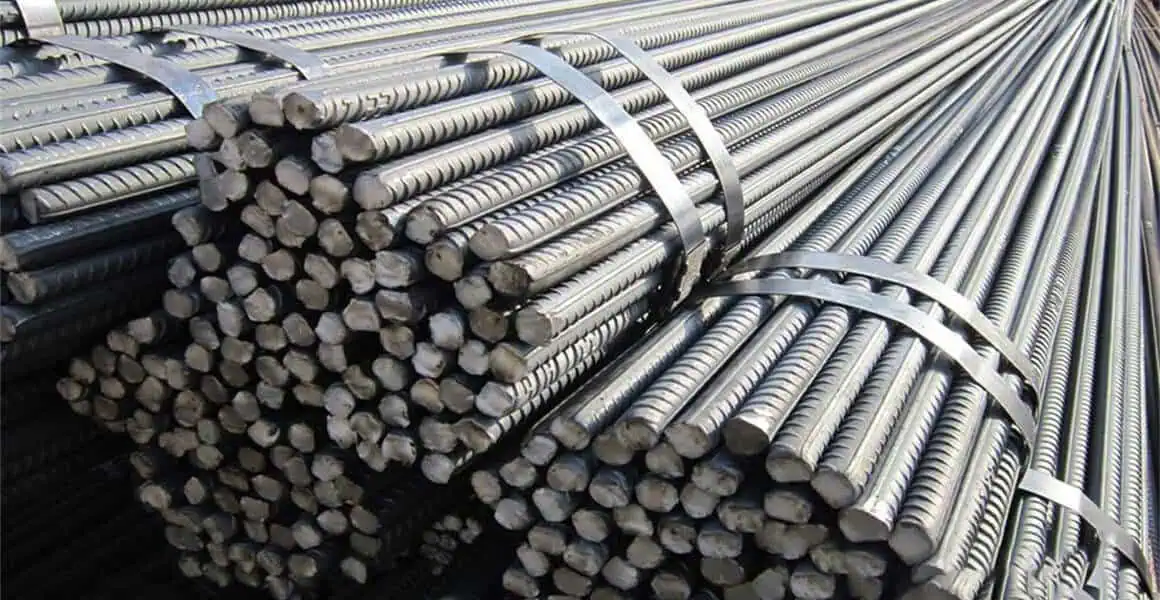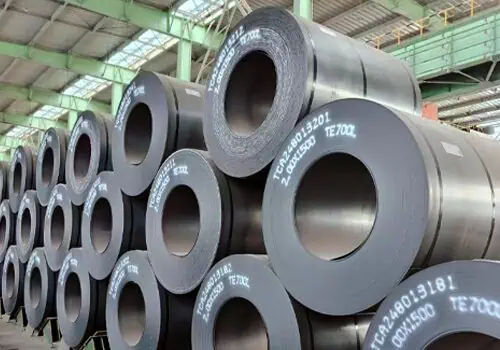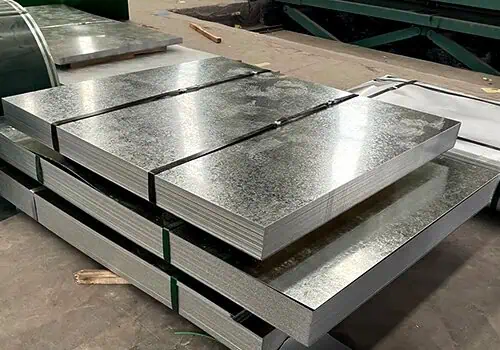Confusion often surrounds what is rebar and its composition. Many think is rebar high carbon steel, but misunderstanding this can cause costly construction mistakes and safety issues.
Is rebar high carbon steel or something different? Rebar is not high carbon steel. Instead, it is usually made of medium carbon steel or low-alloy steel, balancing strength, ductility, and weldability. High carbon rebar would be brittle and unsafe in construction. Rebar needs flexibility to reinforce concrete effectively, making medium carbon steel the preferred choice worldwide.
Let’s dive deeper into what steel is used for rebar, its grades, properties, and common misconceptions.
What Qualifies as High Carbon Steel?
To determine whether steel rebar is high carbon steel, we must first define high carbon steel and explain why it behaves differently than other steels.
High carbon steel contains between 0.6 and 1.0% carbon, making it extremely hard and wear-resistant. However, this same property reduces ductility while increasing brittleness.
High carbon steel is commonly used for tools, springs, and cutting instruments. They are valued for their hardness but not their flexibility. In contrast, rebar carbon content is typically between 0.2-0.3%. This ensures that rebar bends, welds, and bonds to concrete rather than snapping under stress. That’s why is rebar made of high carbon steel has a clear answer: no.
Is Rebar Made of Carbon Steel?
Many buyers ask what rebar is rebar made out of, assuming it must always be high carbon steel. The truth is more balanced.
The majority of carbon steel rebar is made from mild or medium carbon steel, which is weldable, ductile, and strong enough to reinforce concrete structures.
When asked what steel is rebar made of, the typical response is “carbon steel.” However, it is not high in carbon. Instead, it contains just enough carbon to provide strength without being brittle. Some rebar type of steel may also include alloying elements like vanadium or manganese for durability. Buyers often confuse does rebar have a high carbon content with general carbon steel categories. In reality, rebar carbon content is much lower.
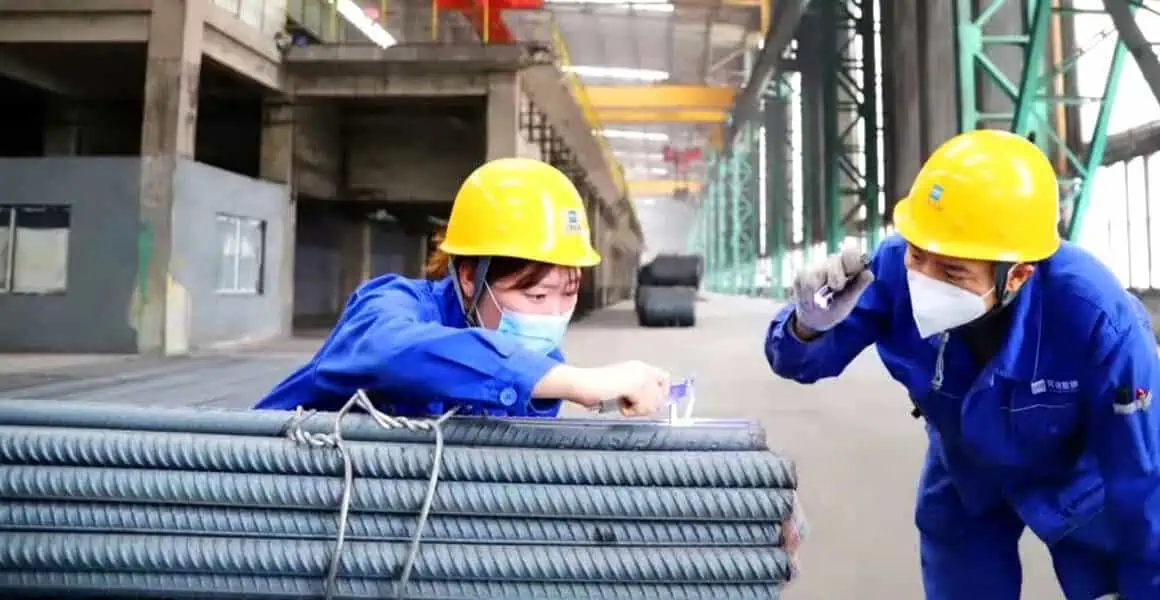
Why Is Rebar Not High Carbon Steel?
If you used high carbon steel instead of steel rebar, the results could be disastrous. Understanding the difference saves money and lives.
Rebar has a low carbon content because ductility is essential. High carbon steel is brittle, but rebar needs to bend and bond with concrete to safely absorb stress.
In reinforced concrete, what kind of steel is rebar matters. The use of high carbon steel would increase the risk of stress fractures. Engineers prefer medium carbon steel because it strikes a balance between yield strength and flexibility. When we ask, “Is rebar high carbon?” the answer is no, because concrete reinforcement requires durability under tension rather than brittleness.
Is Rebar a Hard Steel?
The term “hard” causes confusion in metallurgy. Many people wonder whether rebar is a hard steel or more ductile than they expect.
Rebar is not classified as hard steel. Instead, it is medium carbon steel, which can bend and stretch without breaking.
“Hard steel” refers to steels with a high carbon content or that have been hardened through heat treatment. Carbon steel rebar does not fit into this category. The moderate rebar carbon content provides both toughness and flexibility. This is why it is effective in seismic zones and high-load environments. Rebar trades extreme hardness for safety and practicality.
What Grade of Steel Is Rebar?
Engineers worldwide classify what grade of steel is rebar through standardized grades that measure yield strength and chemical composition.
In the United States, common rebar grades are 40, 60, and 75 ksi. Grade 60 is the most commonly used, balancing strength and ductility.
Global standards vary: HRB400 in China, Fe500 in India, and ASTM A615 Grade 60 in the United States. These classifications ensure uniform performance. So, when asked what steel is used for rebar, the exact answer is “medium carbon steel in standard grades designed for reinforcement.” Buyers should not assume that high carbon rebar is acceptable.
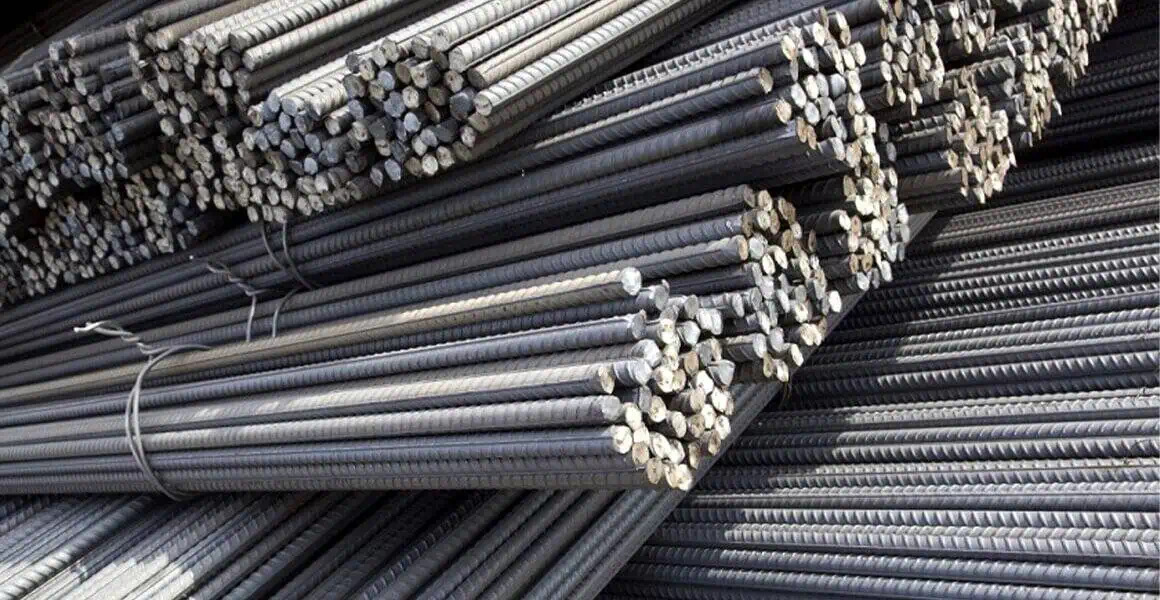
How Does Rebar Differ From Structural Steel?
People sometimes ask if what steel is rebar made of is the same as structural steel. The difference is significant in application.
Concrete is reinforced with rebar, which emphasizes ductility and bonding, whereas structural steel is used to make frames, beams, and columns more rigid.
Rebar type of steel features ribbed surfaces that improve grip within concrete. In contrast, structural steel remains exposed and serves as load-bearing frameworks. While both are essential, they play distinct engineering roles. Confusing them can lead to mistakes in project planning.
What Is One Disadvantage of Rebar?
Carbon steel rebar is essential in construction, but it isn’t perfect. Buyers frequently inquire about its main weakness.
The primary disadvantage of rebar is its susceptibility to corrosion. Moisture and oxygen cause rust, which weakens the reinforced structure over time.
When rust begins, rebar expands and cracks the surrounding concrete. This reduces structural integrity, necessitating costly repairs. Engineers sometimes use epoxy-coated or stainless steel rebar in high-risk environments.So, while rebar type of steel is practical, its durability depends heavily on environmental conditions.
Does Rebar Rust?
A common buyer concern is: does rebar rust when exposed to water or chemicals inside concrete?
Yes, rebar rusts easily due to its carbon steel composition. Epoxy coating, galvanization, and the use of stainless steel alternatives are examples of protective methods.
When we ask what steel rebar is made of, we must consider its susceptibility to corrosion. Coastal environments, chemical exposure, and inadequate concrete coverage hasten damage. Corrosion causes concrete to spall and weaken. In critical applications, corrosion inhibitors, protective coatings, or replacement with stainless steel rebar are all viable solutions.
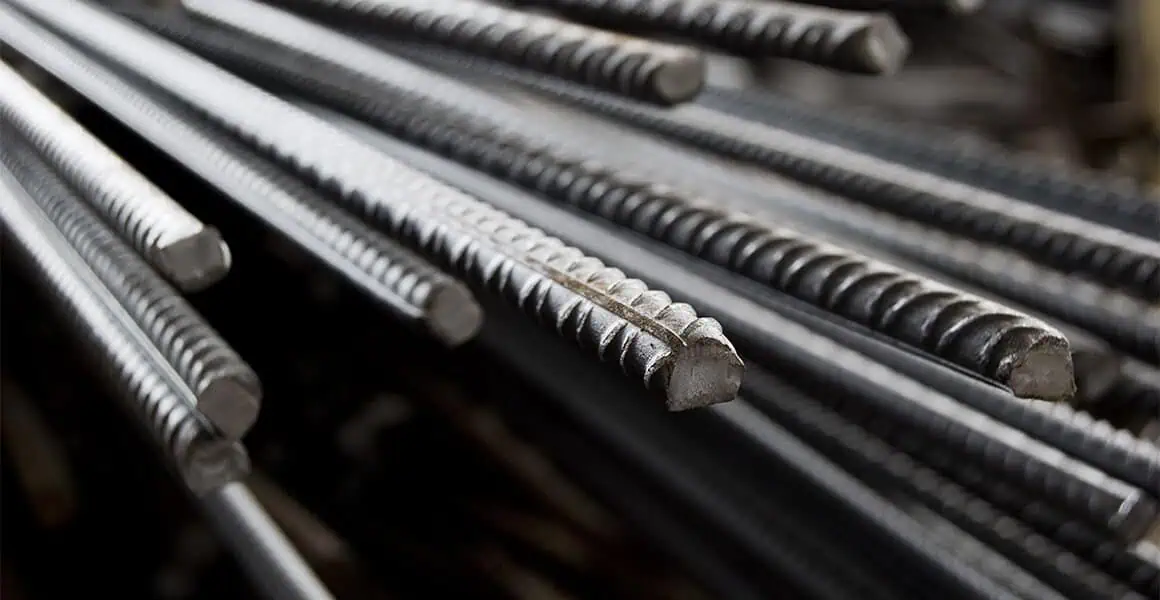
Is Stainless Steel Used for Rebar?
In marine or industrial settings, traditional carbon steel rebar may fail. This has resulted in increased interest in stainless steel alternatives.
Yes, stainless steel rebar is used to provide superior corrosion resistance in demanding environments, but it is more expensive than carbon steel alternatives.
When asked what kind of steel is rebar,stainless variants offer a unique solution. Bridges, coastal piers, and chemical plants frequently use stainless steel rebars. While the initial cost is high, the long-term savings from reduced maintenance make it a worthwhile investment for governments and large projects.
Is Rebar the Toughest Steel?
Another misconception arises when people ask whether rebar is the toughest steel or if there are stronger alternatives.
Rebar isn’t the most durable steel. Tool steels, armor steels, and specialized alloys are more durable and hard than carbon steel rebar.
The confusion stems from mixing toughness and practicality. What type of steel is rebar? It’s a reinforcement steel designed for ductility and bonding with concrete, not maximum hardness. For applications that require extreme toughness, tool steels or armor plates are used. Rebar focuses on balance rather than extremes.
Summary
Rebar is made from medium carbon steel, not high carbon steel. Knowing what steel is used for rebar helps to ensure that construction projects around the world are safe, strong, and long-lasting.

